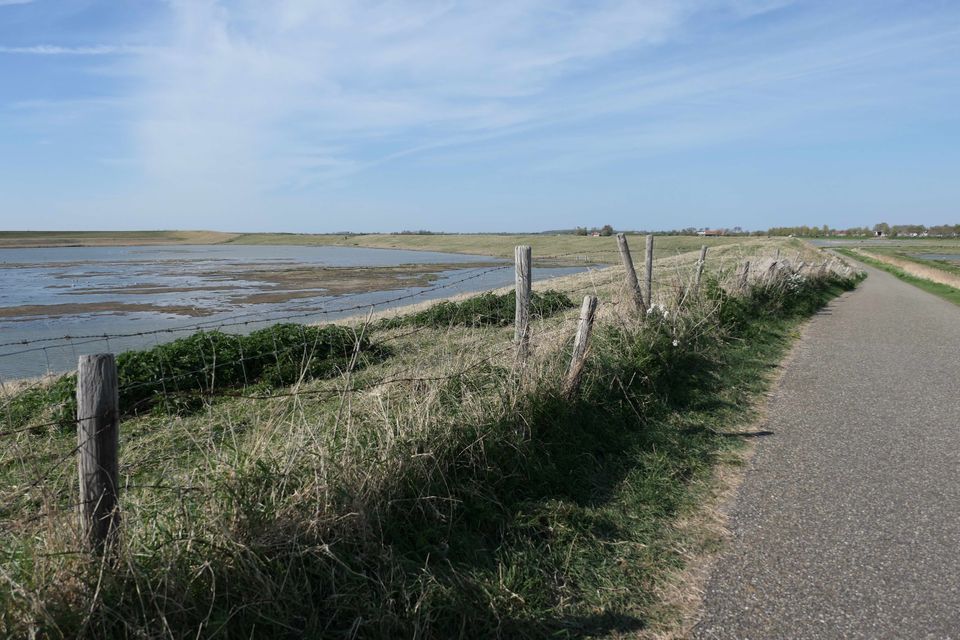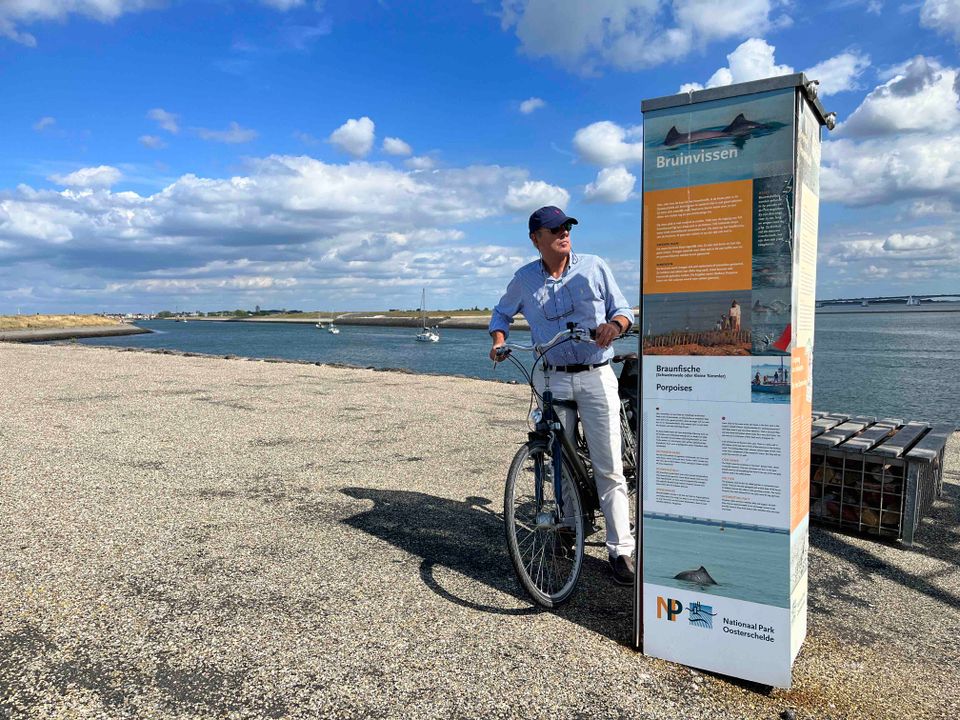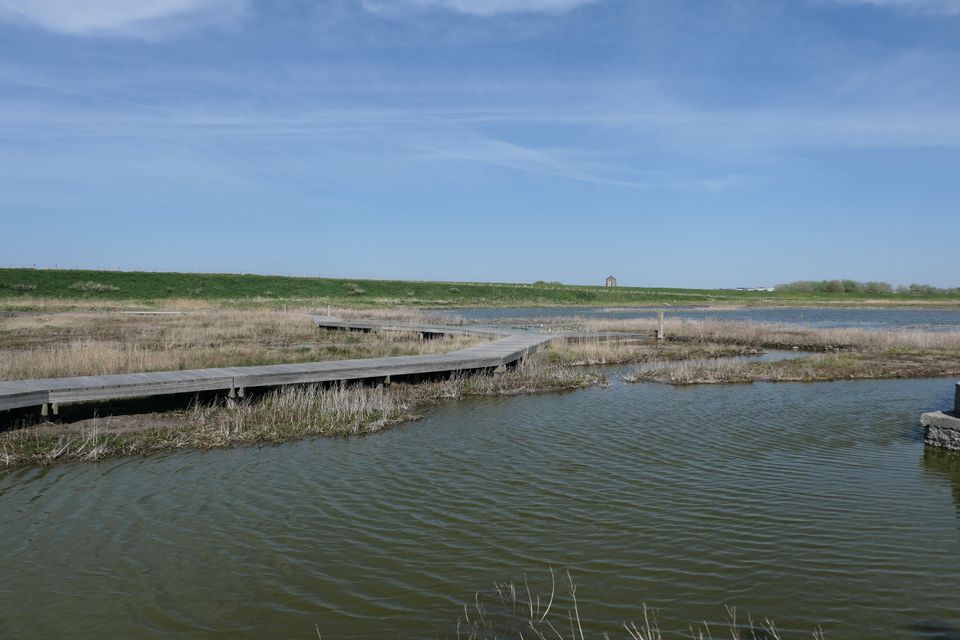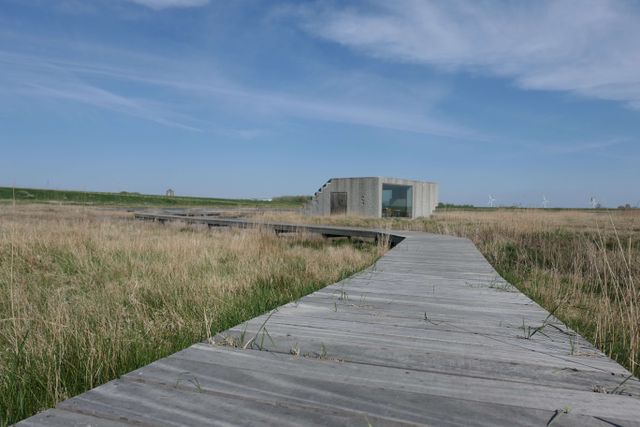Levensstrijd Route Zierikzee
This walk takes you to the southern coast of Schouwen. In the past, the land in this area wa…
This walk takes you to the southern coast of Schouwen. In the past, the land in this area was largely excavated to raise the dikes. What remained was a low and wet area with inlets and cart fields and a lot of salty seepage from the Oosterschelde. It was difficult to farm here, hence the name "Levensstrijd" on one of the farms. Nowadays, the area has been transformed into nature reserve (Tureluur plan). You walk along the harbor canal towards the harbor head (halfway you can shorten the route via junctions 67 and 37). The harbor head is a great place to spot harbor porpoises. Via the path along the dike and the Boerenweg, you return to the city of Zierikzee.
Take a look
Sights on this route
Starting point:
Waypoint walk 44
Zierikzee
Navigate to starting point
Waypoint walk 44
Zierikzee
Navigate to starting point
Blauwe Bolwerk
Discover the history of the Blue Bolwerk: the only remaining bastion for protecting the harbor entrance from the 16th century, with a passage to the Westhavendijk created in 1817.
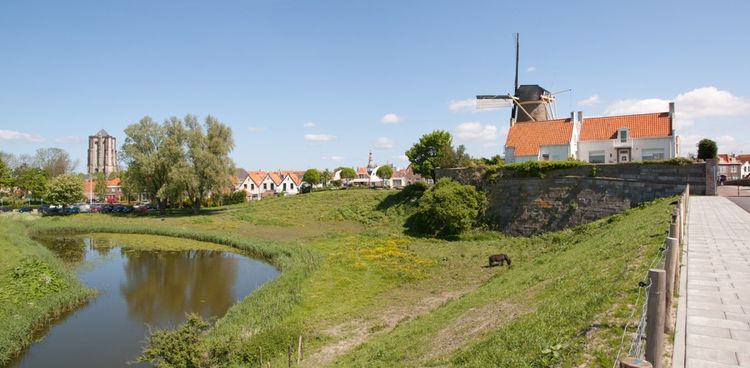
Uitkijkpunt Kiekuut
The beautiful observation point Kiekuut, the place to spot birds. Enjoy the breathtaking view and observe various bird species in their natural habitat.
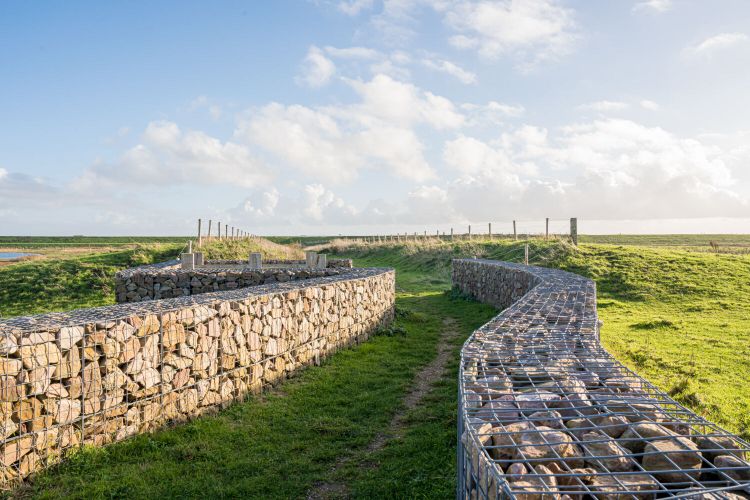
De Zeelandbrug
The Zeeland Bridge is an imposing structure over five kilometers long, connecting Schouwen-Duiveland and Noord-Beveland. The Zeeland Bridge was built to replace the ferry connection between Zierikzee and Kats. Since 2015, it has been a National Monument.
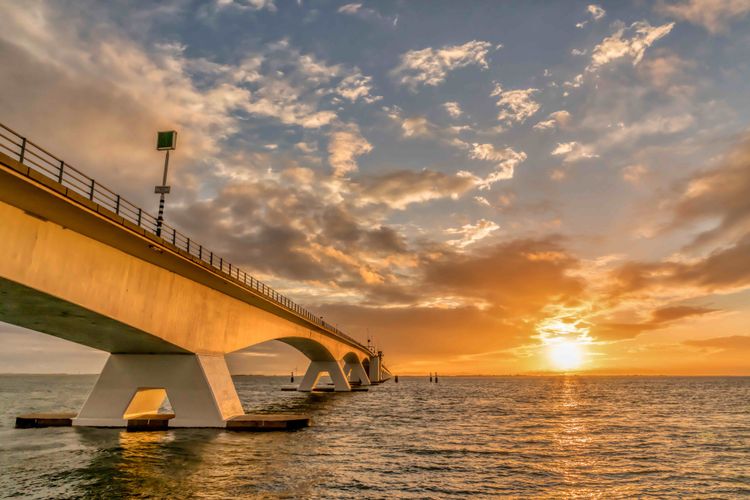
Strandje van Borrendamme
Discover the beautiful Beach Borrendamme located at the end of the Boerenweg near Zierikzee. This small beach offers an oasis of peace and is perfect for a relaxing day out.
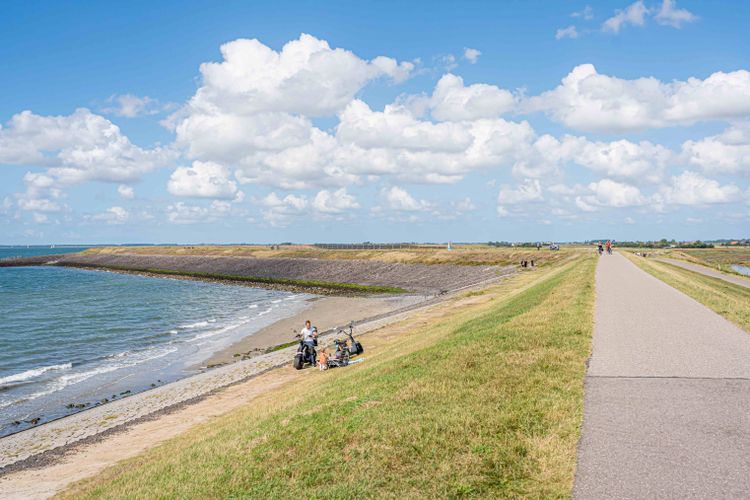
End point:
Waypoint walk 44
Zierikzee
Navigate to endpoint
Directions
Starting point:
Waypoint walk 44
Zierikzee
Navigate to starting point
If you want to shorten the route, go to junction 66, via 67 to junction 37. And from there to 11.
Kiekuut viewpoint
Kiekuut viewpoint is a beautiful place to experience the enormous bird richness up close. In spring, it's the lapwings that fly through the air like true aerial acrobats. At all times of the year, you have a good chance of seeing spoonbills fishing here. With their spoon-shaped beak, they sift shrimp and sticklebacks into their mouths. During the winter months, large groups of colorful Eurasian wigeons and Eurasian teals settle here. Walk further to the edge of the harbor breakwater to spot harbor porpoises.
Harbor porpoise
Follow the path along the canal to the edge of the harbor breakwater. Here you will find one of the best spots to see harbor porpoises. You do need to be alert, as they only show themselves above water for a very short time. You'll only see a piece of their back and a triangular fin. There is plenty of food to be found in this spot. In front of the canal entrance, there is a deep hole in the bottom where harbor porpoises can find a lot of fish. The harbor porpoise is one of the smallest whale species. They can grow up to a maximum of 1.90 meters. Be sure to also check out the listening post that you can find here, where you can hear if a harbor porpoise is nearby. The yellow buoy in the water has a sort of underwater microphone that picks up and transmits the sound of the harbor porpoises to the column. Continue to junction 66.
Polder and salt marshes
From the harbor breakwater towards junction 66, you have a beautiful view of the polder and salt marshes of Levensstrijd. In the past, the land in this area was largely excavated to raise the dikes. To prevent a new North Sea flood, reserved dikes were constructed in some places, creating a polder. In the polder, you can still see the traces on which the carts transported the earth to the dike: the so-called cart tracks. Nowadays, the polder is an important food and resting area for coastal birds such as the black-tailed godwit, common redshank, and Eurasian curlew. Follow junction 66.
Birds
There are many species of birds to be seen on the bird boulevard. For example, the common kingfisher with its characteristic bright blue and orange colors, which mainly comes to the south coast of Schouwen in the winter months to fish. The saltwater of the Oosterschelde does not freeze, making it easy for them to catch prey fish. The large stones at the bottom of the sea wall form a perfect resting and observation spot for the kingfisher. The little egret has been seen along the shallow shores of the south coast of Schouwen in recent years. The bird can be recognized by its yellow toes and hunts for small fish while standing or walking. It sleeps in the trees at the Schelphoek or Ouwerkerk. There is plenty of space here for meadow birds and waders. The former farmland has been converted into grassland. Old creeks have been restored, benefiting plants such as glasswort and sea aster. The presence of grasslands and arable farming in the vicinity attracts farmland birds such as the Eurasian skylark, northern lapwing, black-tailed godwit, and yellow wagtail. And with a little luck, you'll see the partridge.
End point:
Waypoint walk 44
Zierikzee
Navigate to endpoint
- 44
- 43
- 66
- 67
- 36
- 37
- 11
- 44
